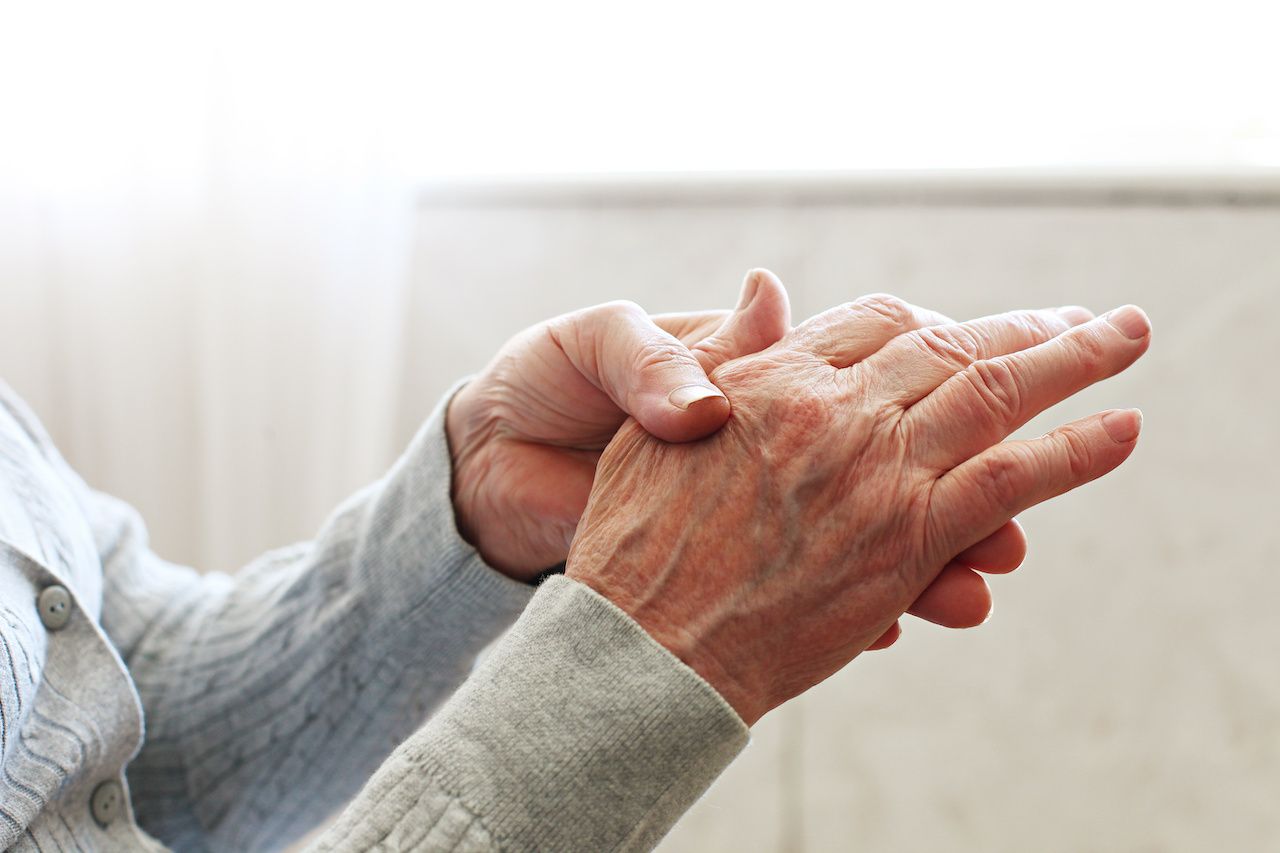Article
Physicians Report Barriers to Successful End-of-Life Conversations
Author(s):
Nearly all doctors reported barriers to conducting effective end-of-life conversations with patients, and most felt that it was especially difficult to discuss with patients of a different ethnicity, according to researchers from Stanford University School of Medicine.
Nearly all doctors reported barriers to conducting effective end-of-life (EOL) conversations with patients, and most felt that it was especially difficult to discuss with patients of a different ethnicity, according to researchers from Stanford University School of Medicine. The findings were published in PLOS ONE.
Of the 1040 physicians who participated in the study, only 8 did not report any barriers to conducting effective EOL discussions. Of the remaining 99.99% who did report barriers, 86% said conducting these conversations with patients of a different ethnicity was “a great deal” or “quite a bit” challenging.
Lead author VJ Periyakoil, MD, clinical associate professor of medicine at Stanford University School of Medicine and director of the Stanford Palliative Care Education & Training Program and the Stanford Hospice & Palliative Medicine Fellowship Program, admitted she was surprised by just how high the percentage of doctors who encountered these barriers was.
However, these discussions are important in determining what matters most to patients in their last days of life.
“What are their hopes, wants, needs and fears? Do they want to die at the hospital on a machine? Do they want to die at home? We can’t know unless we have a conversation,” Dr Periyakoil said in a statement.
Study participants were multi-specialty physicians caring for seriously ill patients in the Stanford Hospital and Clinics and the VA Palo Alto in California.
The researchers identified 6 barriers: 1) language and medical interpretation issues; 2) patient-family religio-spiritual beliefs about death and dying; 3) doctors’ own ignorance of patients’ cultural beliefs, values, and practices; 4) patient/family’s cultural differences in truth handling and decision making; 5) patients’ limited health literacy; and 6/ patients’ mistrust of doctors and the healthcare system.
There were some differences in barrier ranking by age group. For example, younger doctors felt patient/family’s limited health literacy was a bigger barrier. In addition, Asian-American doctors reported the most struggles with having EOL conversations (91.3%), followed by African Americans (85.3%), Caucasians (83.5%), and Hispanic Americans (79.3%)
“As the US is becoming increasingly diverse and as ethnic patients are more likely to consume ineffective and burdensome high-intensity treatments at the EOL, there is an urgent need to train doctors in conducting culturally effective EOL conversations early in the trajectory of any chronic and serious illness in order to facilitate dignity at the EOL for diverse Americans,” the authors concluded.




